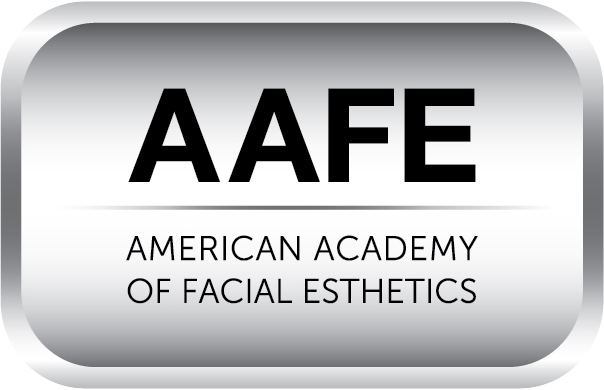Common Treatments Performed by a Family Dentist

Seeing your family dentist for regular checks and treatments can maintain or improve your dental health. You can avail of basic treatments during your visits. Knowing what each one is can help you make informed decisions. Here are the common treatments that you can get from your family dentist.
Dental crowns
Cavities may worsen over time. Dental decay targets the enamel layer of teeth. Chewing surfaces are more prone because of the stuck bacteria and food particles in the grooves and fissures. Large cavities that fillings cannot repair will need dental crowns. The patient may or may not need a local anesthetic for this treatment.
The family dentist will grind away the decayed areas of the crown. Taking an impression of the treated tooth will follow. This will help the lab create a custom crown. Fitting the crown will come next. Some dental clinics have a 3D printer that can produce a crown during the appointment. The patient can then go home with a new tooth and a rejuvenated smile.
Dental cleanings
This is a common reason for seeing a family dentist. Having a professional dental cleaning at least two times a year is ideal. It is a crucial part of one’s dental health. Daily brushing and flossing are not enough to keep plaque and tartar away. The family dentist will have the necessary tools to remove these substances and leave the mouth fresh.
Dental extractions
Removing teeth is an invasive procedure. Even so, the family dentist will make sure that the patient remains comfortable during the procedure. There are many reasons for having an extraction. The most common one is to stop the pain or infection. The family dentist may then refer the patient to another dentist who can replace the missing tooth.
Teeth whitening
There will be no pain during this common dental treatment. The family dentist will need to discuss the right level of whiteness with the patient. Studies show that most dentists aim to match the whiteness of the teeth to the whiteness of the cornea. This will result in a more natural level of whiteness.
The family dentist will clean the teeth first. Applying the whitening solution or gel will follow. Exposing the teeth to ultraviolet light will activate the whitening agents. The dentist will repeat the process until the patient achieves the ideal level of white. In some cases, patients prefer bringing teeth whitening kits home. The process may be slower but still effective.
Teeth straightening
A family dentist can also straighten teeth with mild misalignment. The dentist can provide traditional braces and clear aligners. Classic braces use metal wires and brackets that push teeth into place. Clear aligners are less obvious and gentler in straightening teeth. Both techniques are effective in helping patients achieve a more beautiful smile.
Dental fillings
Mild to moderate cavities often need dental fillings. This dental treatment can correct the problem and restore the appearance of affected teeth. The family dentist will numb the area around the teeth first. Grinding away the decayed parts will follow. Cleaning, disinfecting, and drying the teeth will come next.
Placing the filling material will seal the cavity and protect it from future decay. The dentist will use a curing light to harden and fix the filling in place. After the treatment, the patient must avoid hard and chewy foods. These foods might damage or dislodge the filling.
Dental veneers
The family dentist may also recommend these thin shells to correct dental discoloration or crookedness. Shaving off a thin layer from the front side of the teeth will give more space for the shells. It will also allow the shells to stick to the teeth better. Taking impressions of the treated teeth will help the lab create custom-fit veneers.
Once the veneers are ready, the family dentist will cement them to the treated teeth. A curing light will harden the cement and fix the shells in place. Shaping and polishing the veneers will help them blend well with the natural dental structures. The family dentist will then remind the patient to avoid eating hard and chewy foods to keep the veneers in top shape.
Dental bonding
This is a treatment that uses resin material to restore teeth. The family dentist will use dental bonding to correct minor damage and staining. Cleaning and disinfecting the area will come first. Roughening the tooth with a solution will help the resin material to attach better to it. The dentist will apply the material and harden it with a curing light. Shaping and polishing it will allow it to blend well with the natural dental structure.
Your family dentist can perform the mentioned treatments to help you reach your smile goals
Regular dental checks can prevent many dental problems. But if dental issues develop, your family dentist can also present the mentioned treatments. Some of them take one or two visits. Others may take months. Working with your family dentist can help improve your dental health and self-esteem.
Request an appointment here: https://drcalldental.com or call Dr. Call Dental Center at (706) 425-6240 for an appointment in our Dalton office.
Check out what others are saying about our dental services on Yelp: Family Dentist in Dalton, GA.
Related Posts
Your entire household can have their teeth checked out at the same time if you visit a family dentist. These are dentists who are trained to provide services to patients of all ages. Getting routine dental checkups is an essential part of good oral hygiene. Most dental issues can be avoided by practicing good oral…
You should consider seeing a family dentist if you have children. This allows your entire household to get their dental needs met at the same time instead of driving all over town to drop each member of your family off at their dentist.A family dentist is a general dentist who spends most of their time…
A family dentist is much like a general dentist, providing quality primary dental care for patients. Their educational backgrounds and services are similar. So, how do you decide which professional is right? This article will examine both professionals and explore the key difference that sets them apart.Both family and general dentists act as primary dental…
A family dentist is an excellent choice for the entire family. If you are a parent, you know that the health of you, your children, and your partner are a top priority. Often, many parents do not schedule their dental appointments because scheduling conflicts with their children’s. This problem goes away when you find your…


